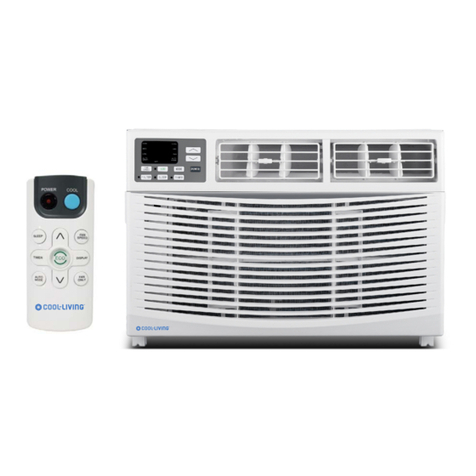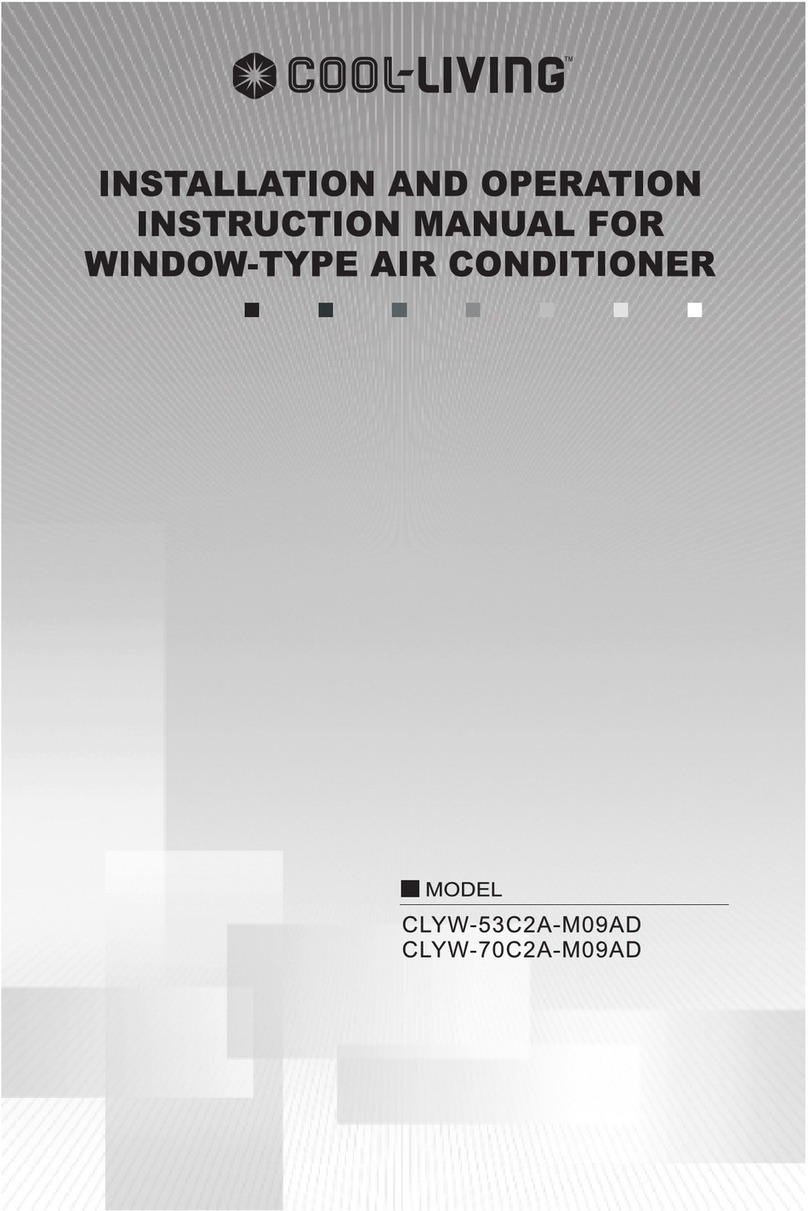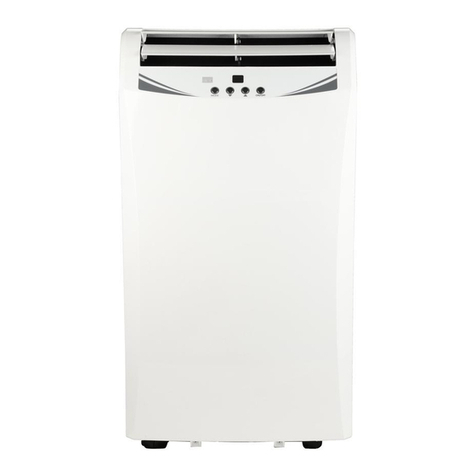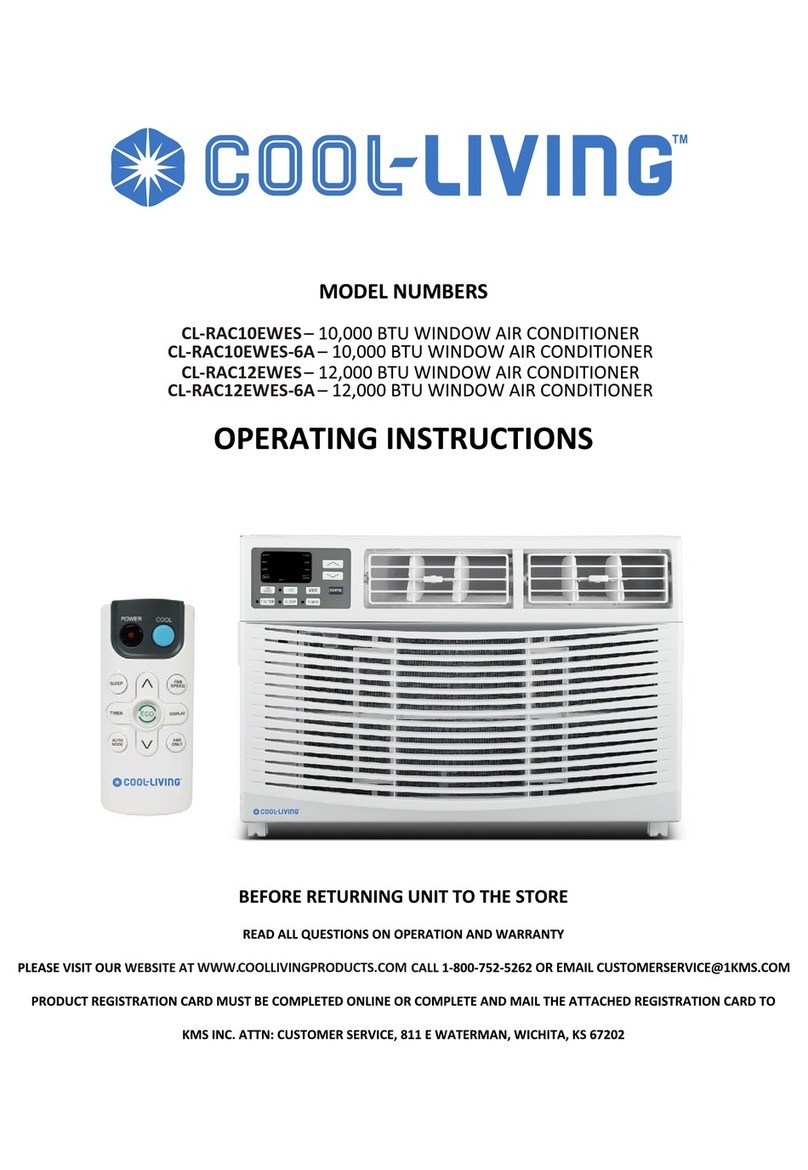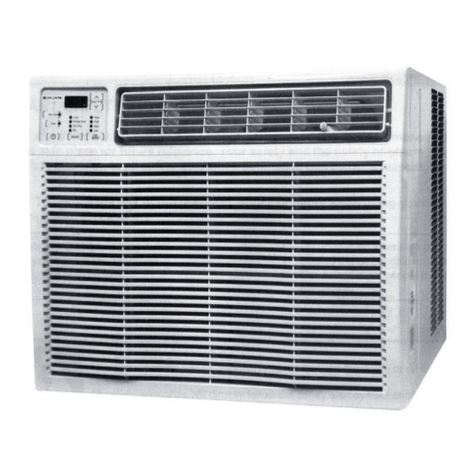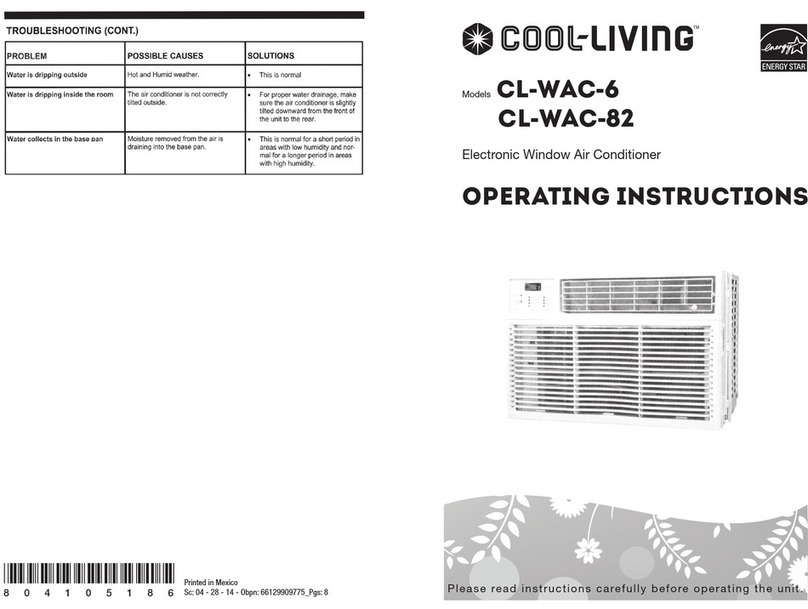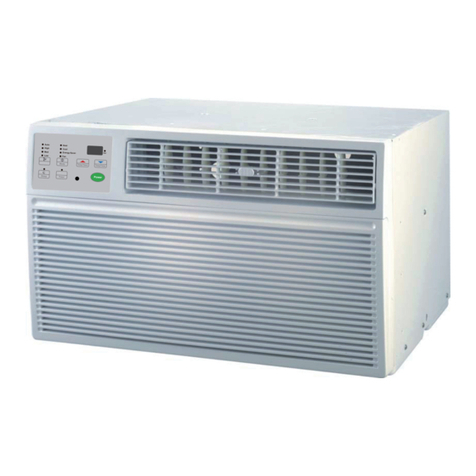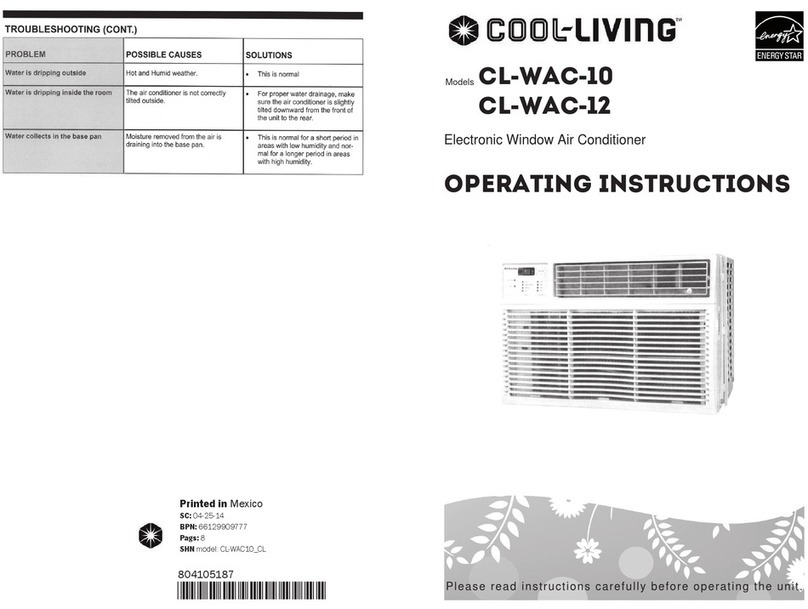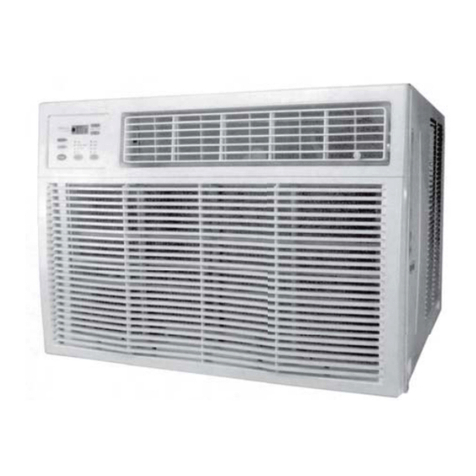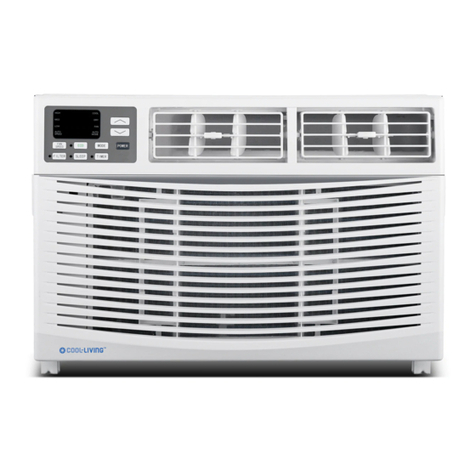
IMPORTANT SAFETY INSTRUCTIONS
7
7. Repair to intrinsically safe components
Do not applyany permanent inductive or capacitance loads tothe circuit withoutensuring
that this willnot exceed the permissible voltage and currentpermitted forthe equipment
in use. Intrinsicallysafe componentsare the onlytypes that canbe worked on while livein
the presence ofa flammable atmosphere.The test apparatus shall beat the correct rating.
Replace componentsonly with partsspecified by themanufacturer. Other partsmay result
in the ignitionof refrigerantin the atmospherefrom a leak.
8. Cabling
Check that cablingwill not besubject to wear, corrosion, excessive pressure, vibration,
sharp edges orany other adverse environmental effects.The check shallalso takeinto
account the effects ofaging or continual vibration from sourcessuch as compressors or
fans.
9. Detection offlammable refrigerants
Under no circumstances shall potential sourcesof ignition beused in thesearching foror
detection of refrigerant leaks.A halide torch (or anyother detectorusing a naked flame)
shall not beused.
10.Leak detection methods
The following leak detection methods are deemedacceptable forsystems containing
flammable refrigerants.Electronic leak detectors shall be used todetect flammable
refrigerants, but the sensitivitymay not beadequate, or may need re-calibration.
(Detection equipment shall be calibrated in arefrigerant-free area.) Ensure that the
detector isnot a potentialsource of ignitionand is suitablefor the refrigerant used.Leak
detection equipment shall be setat a percentage of the LFL of the refrigerantand shall be
calibrated tothe refrigerantemployed and theappropriate percentage of gas (25 %
maximum) is confirmed. Leak detectionfluids are suitable for use with mostrefrigerants
but the useof detergentscontaining chlorine shall be avoided as thechlorine may react
with the refrigerant andcorrode the copper pipe-work. Ifa leak issuspected, all naked
flames shall beremoved/extinguished. Ifa leakage of refrigerantis found whichrequires
brazing, all ofthe refrigerantshall be recovered fromthe system,or isolated (by means
of shut offvalves) in a part ofthe system remote from the leak. Oxygen free nitrogen
(OFN) shall thenbe purged through the system both before and during the brazing process.
11.Removal andevacuation
When breaking into the refrigerant circuit to make repairs or for any other purpose
conventional procedures shall beused. However, it isimportant that best practice is
followed sinceflammability is aconsideration. The following procedureshall be adhered
to: Removerefrigerant; Purge the circuit with inertgas; Evacuate; Purge again with inert
gas; Open thecircuit by cutting or brazing.The refrigerantcharge shall be recoveredinto
the correct recovery cylinders.The systemshall be flushed with OFN torender the unitsafe.
This process may need tobe repeatedseveral times. Compressed air oroxygen shall not be
used for this task. Flushingshall be achievedby breaking thevacuum in thesystem withOFN
and continuing to fill untilthe working pressure is achieved, then venting to atmosphere,
and finally pullingdown to avacuum. This process shall berepeated untilno refrigerantis
within the system. When thefinal OFN chargeis used, thesystem shallbe vented down to
atmospheric pressureto enable workto takeplace. This operation is absolutelyvital if
brazing operationson the pipe-workare to take place.Ensure that the outlet for the
vacuum pump isnot close toany ignition sources and there is ventilation available.
